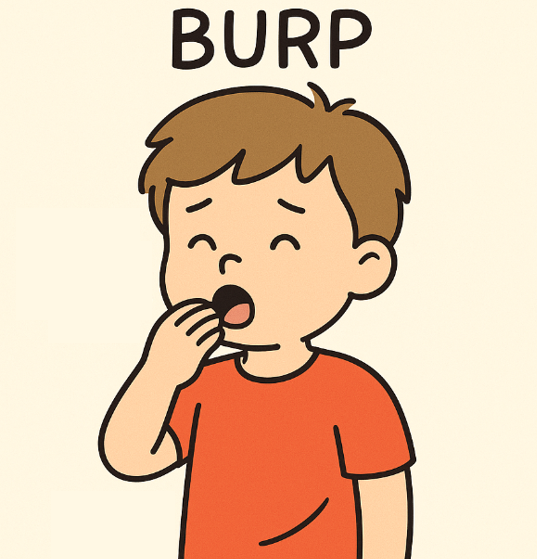
How Health Literacy Can Ease Caregiver Stress
On a rainy Tuesday morning in Kraków, a mother sits in the pediatric waiting room, juggling her son’s medical records, a packed lunch, and unanswered questions about his medication. Despite years of appointments, she still feels unsure how to make sense of test results and treatment options. That uncertainty doesn’t just affect her child’s care—it takes a heavy toll on her own mental health.
Her story echoes across clinics worldwide: caring for a child with a chronic condition often means navigating overwhelming stress, anxiety, and an unfamiliar healthcare system. A new study from Poland brings sharp focus to one overlooked factor that could help parents cope: health literacy
Why This Study Matters Now
Public health systems everywhere are stretched thin by workforce shortages, rising chronic disease, and the added stress of global crises. Families, especially those with sick children, are on the front lines of these pressures.
We often think about health literacy—defined as the ability to find, understand, and use health information—as something that shapes patient behavior. But this study shows it’s also a protective factor for caregivers themselves. When parents better understand the health system and their child’s condition, their stress and anxiety drop.
This finding could reshape how health departments, nonprofits, and pediatric care teams design caregiver support programs.
The Study in Brief
Researchers surveyed 562 parents of children with chronic gastrointestinal conditions across five university pediatric centers in Poland. Parents completed validated questionnaires on:
- Health literacy (HL) and e-health literacy (eHL)
- Perceived stress (PSS-10 scale)
- Anxiety symptoms (GAD-7 scale)
- Plus questions on social media use, demographics, and the child’s medical history.
Key results:
- Parents with problematic or inadequate health literacy reported significantly higher stress and anxiety than those with sufficient literacy.
- Stress scores were up to 3 points higher (a clinically meaningful difference).
- Anxiety scores were also 3 points higher among parents with low HL.
- Frequent social media use was linked to higher stress and anxiety, possibly due to exposure to conflicting or emotional information.
- Mothers reported higher stress and anxiety than fathers, reflecting the reality that they often serve as the primary caregivers.
In short: low health literacy independently predicted higher stress and anxiety—even after accounting for income, education, and disease severity.
Why Health Literacy Helps
Think of health literacy as a toolkit. Parents with strong HL can:
- Decode medical terms in test results.
- Follow complex treatment instructions with confidence.
- Ask sharper questions during clinical visits.
- Recognize when emergency care is (or isn’t) needed.
Without this toolkit, every hospitalization or flare-up can feel like stepping into a storm without a map. Stress compounds, anxiety deepens, and both parent and child are left more vulnerable.
The study also found that digital health literacy (eHL) didn’t play the same protective role. This suggests that while online resources are valuable, what matters most is core understanding and communication in real-world healthcare settings.
Implications for Public Health Practice
1. Build Health Literacy into Care Plans
Hospitals, clinics, and community health programs can integrate HL training into routine care. Short workshops, simplified materials, and one-on-one coaching could ease parent stress while improving adherence to treatment plans.
2. Support Parents Beyond the Clinic
Community organizations can establish peer support groups and develop culturally tailored resources that enhance caregiver confidence. Stress relief is not just about medical care—it’s about feeling less alone.
3. Train Providers to Communicate Clearly
Clinicians may overestimate what parents understand. Embedding HL-sensitive communication—plain language, “teach-back” methods, visual aids—could reduce avoidable anxiety.
4. Watch the Role of Social Media
Public health campaigns should help families distinguish credible health information from overwhelming or harmful online content. Programs that provide safe, moderated spaces may reduce the harmful effects of “doomscrolling.”
What’s Next?
This study highlights health literacy as a modifiable factor—one that public health systems can actively improve. Next steps could include:
- Policy adoption: Requiring HL-friendly communication in pediatric care.
- Funding shifts: Prioritizing grants that integrate HL interventions into chronic disease programs.
- Workforce development: Training community health workers and pediatric staff in HL practices.
But barriers remain. Political priorities, limited funding, and workforce turnover may slow implementation. And, as the authors note, more diverse and longitudinal studies are needed to confirm cause-and-effect relationships
Join the Conversation
This research underscores a simple but powerful truth: helping parents understand health information can reduce their stress and improve family well-being.
Now it’s your turn:
- How could your agency build health literacy into caregiver programs?
- What barriers—funding, staffing, political will—might stand in the way?
- Does this change how you think about supporting parents of children with chronic illness?
Let’s continue the discussion. Families are depending on it.



